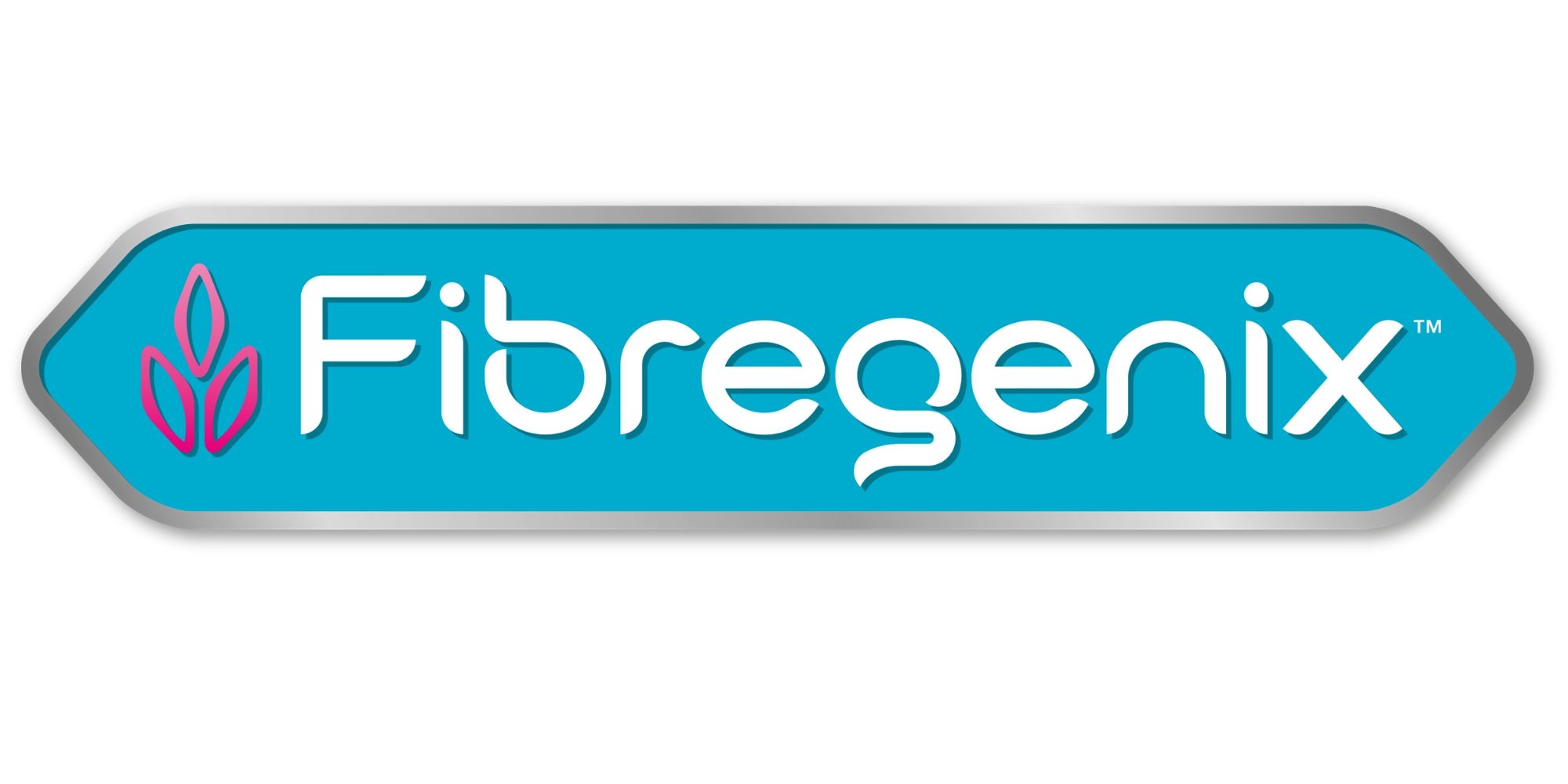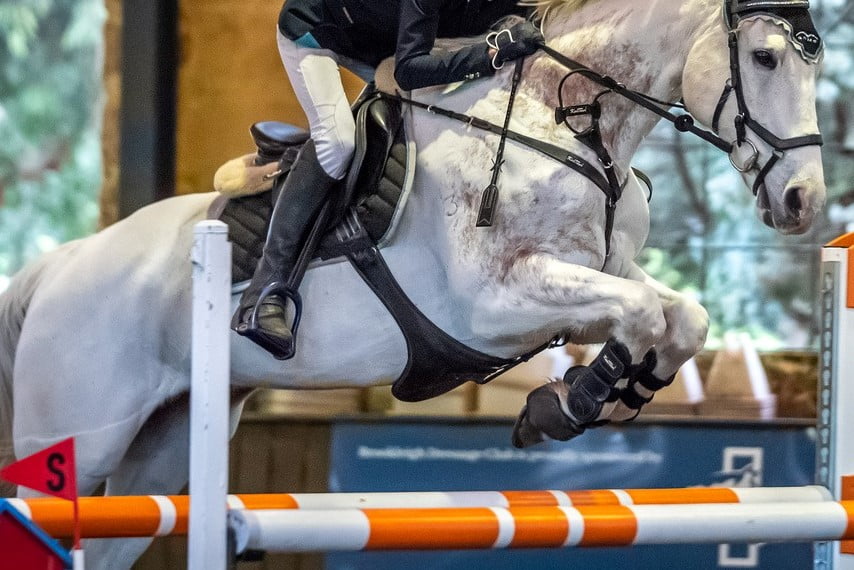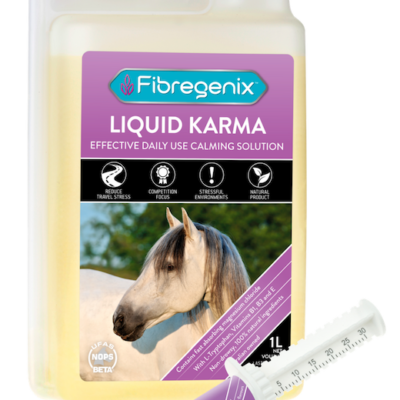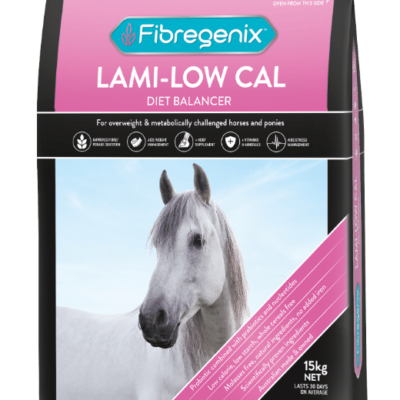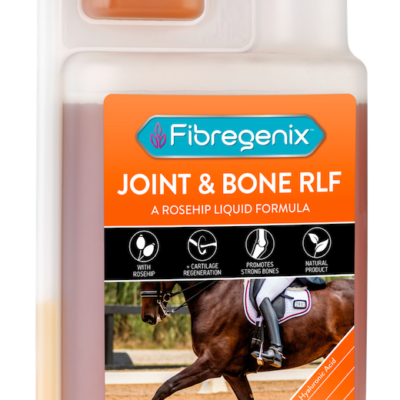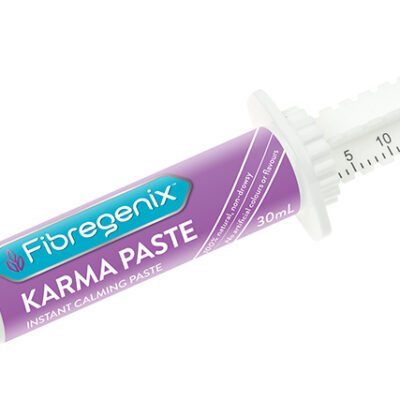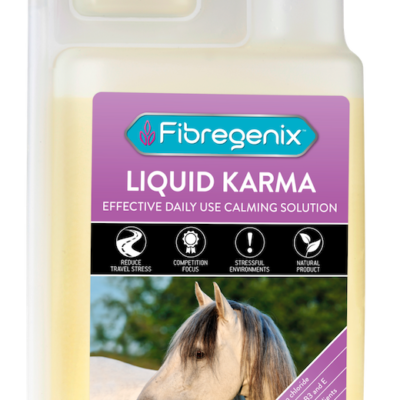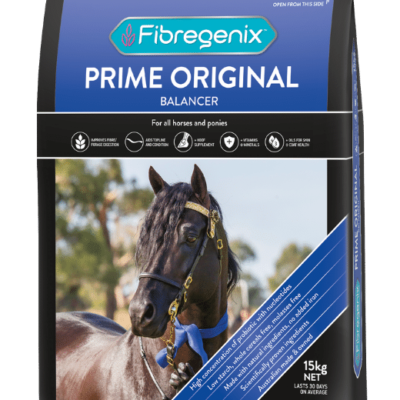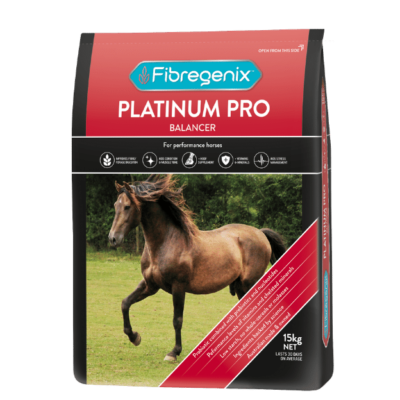Feeding for energy can be a confusing prospect. Providing your horse with the ideal balance of energy for his needs requires some consideration of both diet AND workload.
In this blog, we take a closer look at the main energy-providing nutrients. We look at how to decide what your horse needs and provide energy to young horses for sparkle without fizz.
It seems that energy itself, even though it’s a relatively simple concept, can be quite hard to grasp. So first of all, what do we really mean by energy?
Fact – Energy cannot be created or destroyed
Yep, you read correctly. Energy is simply converted from one form to another. The easiest way to think about its origin is that it’s released from another nutrient upon its breakdown. The main energy source nutrients within your horse’s diet are proteins, carbohydrates and fats and oils. Each differs in their energy content.
Feeding your horse for energy – Where does energy come from?
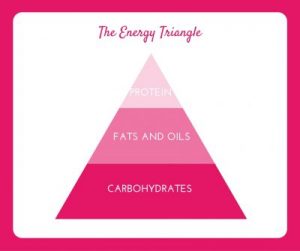
Proteins – Proteins are primarily used by the horse for muscle growth and development. Proteins are actually inefficient and furthermore an expensive source of energy. Protein as energy is only used when carbohydrates and fats are not available or in short supply.
Fats and Oils – Both are energy-dense containing 2.25 times the amount of energy that’s stored in the same mass of carbohydrates. What separates them, however, is the type of fatty acids they contain. The healthier and better quality oils come from expensive crops such as linseed (flaxeed) and contain a higher rate of anti-inflammatory Omega 3 fatty acid than Omega 6. By comparison, the more common and cheaper fat products eg rice bran or canola, provide higher levels of pro-inflammatory Omega 6 than Omega 3. Any feeds high in fats are very conditioning and should, therefore, be fed with caution.
Carbohydrates – Carbohydrates come in several forms and are the main energy source in the equine diet. Simple sugars, such as glucose, are water-soluble forms of carbohydrates found in cereal grains. These provide a quick-release source of energy. Complex carbohydrates, eg those found in fibre, make up the greater proportion of the diet. Fibre contains structural polysaccharides such as cellulose and hemicellulose. Due to their properties and method of breakdown, they release energy over a longer period. This makes fibre an excellent source of slow-release energy.
Feeding your horse for energy – Weight Gain or Work
Energy for work and energy that causes weight gain is essentially the same. So if your horse gets more energy than he can use through exercise and metabolic processes, he’ll store it as fat. Obviously, this will contribute to weight gain. This fact can be exploited and implemented in a positive way when feeding thin horses that need to gain weight. But it’s also a no-brainer that horses who struggle with being overweight shouldn’t be fed energy to excess.
When considering energy for work, horses that are training harder will, of course, require a higher calorie input. Therefore, they should be fed to accommodate the additional exertion their bodies will undergo during exercise. This diet, however, wouldn’t be suitable for a horse in light work as it could contribute to weight gain. That’s why it’s so important to strike the correct balance between energy provided and energy being utilised by the horse.
What is Digestible Energy?
The Digestible Energy of a feed component is the Gross Energy minus the energy lost in the faeces. It’s not actually a legally recognised measure of energy for horses, so it doesn’t have to be declared on feed bags. Having said that, it’s a really helpful way of indicating the energy content of a given feed. It’s also very useful when calculating overall digestible energy intake and fortunately most feed companies detail it anyway.
The table below shows the DE differences in some common feedstuffs. Digestible Energy is one of the first things you should check to assess its suitability for your horse,
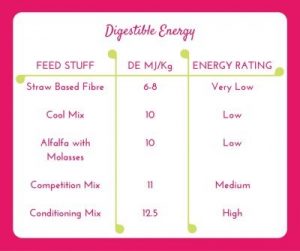 Look at the Digestible Energy (DE) per kg of the fibre. It’s quite low, so it can’t provide too much energy per gram of dry matter. This would correspond with the volume at which you would feed it. After all, fibre should be making up the largest proportion of the diet. However, look at the conditioning mix. Whilst fed in much smaller quantities, it has a much higher DE per kg. Therefore feeding too much of a high DE feed in the incorrect quantity could affect your horse’s weight and condition!
Look at the Digestible Energy (DE) per kg of the fibre. It’s quite low, so it can’t provide too much energy per gram of dry matter. This would correspond with the volume at which you would feed it. After all, fibre should be making up the largest proportion of the diet. However, look at the conditioning mix. Whilst fed in much smaller quantities, it has a much higher DE per kg. Therefore feeding too much of a high DE feed in the incorrect quantity could affect your horse’s weight and condition!
Feeding your horse for Energy – How do we measure it?
Energy is measured in the same way as it is for humans – in Calories (cal) and Joules (J). One Calorie is 4.2 Joules, however, the energy levels of horse feeds are usually measured in Megajoules (Mj), (one million Joules). This may seem like a lot, but horses require a higher level of energy input than humans to sustain vital metabolic processes.
Why does my Horse lack Energy?
Here are 6 reasons why your horse might be lacking in energy.
- You’re not feeding him enough energy
- He has a naturally laid-back temperament
- There’s an electrolyte imbalance
- He may have worms or a reduced digestive function
- He’s had a high starch diet within 4 hours before competing
- Underlying illness
Common Scenario Question 1:
My competition horse needs more energy – can I add some oats before he competes?
Here’s the thing…An abrupt dietary change can a) increase the risk of colic. b) This ‘instant’ energy will disrupt the digestive microbes causing ‘acid’ guts resulting in behavioural issues in some horses. This is the last thing you want before a competition! c) Notwithstanding that, during exercise, horses, like humans, use stored energy sources, not energy directly from their previous meal.
This means he’d need to be consuming oats daily to safely receive the full energy benefits they provide. Not just on or before the competition day. Oats are useful for adding quick-release energy into the diet for horses that are lethargic or lacking energy. But this shouldn’t be seen as a substitute for ensuring adequate fitness.
Another common misconception is that feeding ‘high energy’ feeds can help improve energy levels without causing weight gain. You need to remember that calories are just units of energy, so high energy feeds are also high in calories. Whilst feeds such as competition mixes or straight oats can work to an extent, they’re best used as part of a fully-balanced diet. And in combination with a suitable fitness regime.
Common scenario Question 2:
Your young horse is ridden four to five times a week but you’re finding he lacks energy. Though he’s getting fitter, he lacks that drive you think could be to do with him lacking energy from his feed. So how do you feed him to provide more energy without making him ‘fizzy’? And also, will it promote muscle build-up for his topline?
Finding the right balance of condition and ridden energy can be tricky for horses of any age, particularly youngsters. However, remember the rules of feeding for energy before you go about changing too much.
Basically, energy and calories are the same thing. So you can’t supply energy for ridden work without supplying calories that might fuel weight gain or vice versa. One way of assessing whether your horse is receiving the appropriate level of energy is evaluating his condition.
Body Condition Scoring
The best way of doing this is by body condition scoring. It’ll give you an idea if his diet is providing sufficient energy to cover his energy needs. Remember, body condition scoring only evaluates external fat coverage not muscle development. Bear this in mind, as feeding alone won’t increase muscle tone or topline. This is more influenced by appropriate schooling and making sure the diet has adequate levels of quality protein.
On a scale of 1-9, you’re looking for your horse to be a 5 as this is described as the ‘ideal’. If your horse is carrying too much fat you’ll need to reduce his energy intake. At the same time, you should maintain an adequate supply of vitamins and minerals to keep his diet balanced.
If he’s not carrying enough condition, you’ll need to increase the calories in his diet. This can be achieved by feeding an oil, preferably one high in Omega 3 fatty acids. Alongside this, a quality fibre-based diet will provide non-heating calories. Try and avoid high quantities of cereal-based feeds which can cause digestive issues. If feeding less than the manufacturer’s recommended daily serve, provide a boost of nutrients and protein with an appropriate balancer. The best balancers will contain digestive enhancers to increase fibre digestibility. This, in turn, helps maximise the nutrients and calories he gets out of his diet.
If your young horse is an ideal weight, changing feed is unlikely to be the answer for more ridden energy. It’s his fitness level or ultimately his temperament that’s more likely to influence this. Remember, some breeds are more ‘laid-back’ than others, lacking that natural ‘oomph’, so they’ll often seem to lack energy.
Take-Home Message
Feeding high starch feed to gain instant energy can increase the risk of many digestive or metabolic conditions. Eg gastric ulcers, colic, tying up and laminitis to name a few. In many cases, it won’t provide more ridden energy, and more often than not contributes to excitability or ‘fizzy’ behaviour.
The best strategy is to work on your horse’s fitness levels and provide a balanced diet. Ideally, one which maintains him in an ideal body condition. This will allow your horse to make the most of his diet keeping him in top condition all year round.
Reviewed and amended April 2021
